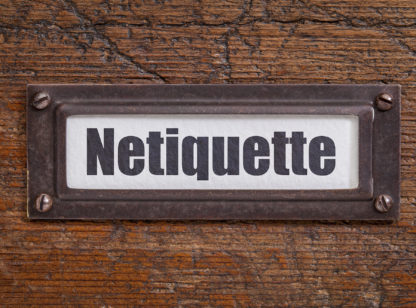I know you believe you understand what you think I said, but I am not sure you realize that what you heard is not what I meant.
– Robert McCloskey
Do you struggle to be understood, yet often feel misunderstood? Communication is a basic skill, yet there are some subtle nuances that can raise your odds for success.
The dilemma of how to best communicate seems timeless because it prevails throughout generations. Consider the infant who cries for food, a diaper change, or comfort. The toddler who says “cookie” meaning that he sees a cookie or wants a cookie? The child who talks about her pet—a dog? cat? turtle? The preteen who demands what he wants. The high schooler who says parents don’t understand. Young adults who believe there is only one perspective–theirs. Married couples who struggle with men from Mars and women from Venus. Senior adults who resign themselves to “this is just how life is.”
There are three basic concepts to regard for effective communication:
- What do you want to communicate?
- Why do you want to communicate this? What is your motivation? Do you want to impart information, explain, persuade, argue, or criticize?
- Is the person you want to communicate with receptive? It is important to recognize who might be closed to hearing what you want to discuss.
In this world of complex technologies, people often miss essential communication skills that are developed through human connection, reciprocity, eye contact, and emotion. There is research that links social isolation to stress, disease and early death.
In answering the following questions, you may clarify some of your roadblocks to communication:
- I feel free to express myself when…
- Sometimes I withdraw from communication when…
- One way I make it difficult for others to talk to me is when…
- When I try to talk about things that are important to me…
To raise your odds for successful communication, try these proven building blocks:
- Lead with empathy. Begin your conversation with words that show you care about and understand the listener. You sound frustrated, disappointed, excited, proud…Even if you guess the wrong emotion, you have still conveyed empathy and the listener is more apt to hear your words.
- “I” language. Start communication that focuses on what you are willing to do or how what the other person did or said affected you. Rather than say, You confused me, which sounds like you are pointing an accusatory finger, try I felt confused when you…
- Active listening. We often think of communicating as talking but it also includes active listening. Openers like I wonder if…? engages, rather than tells someone what s/he should do. Active listening also includes eye contact, clarification, and a setting free from distraction.
- Choices. Offering two choices that are both okay with you has the benefit of reducing defensiveness while forgoing control.
Like any other skill, the art of successful communication is a process to build upon.
Dr. Barbara Pedalino is a licensed clinical psychologist in Palm Desert whose interest in self-esteem spans all ages. For more information visit www.drbarbpsychologist.com or contact her at (760) 702.0878.
















































Comments (0)